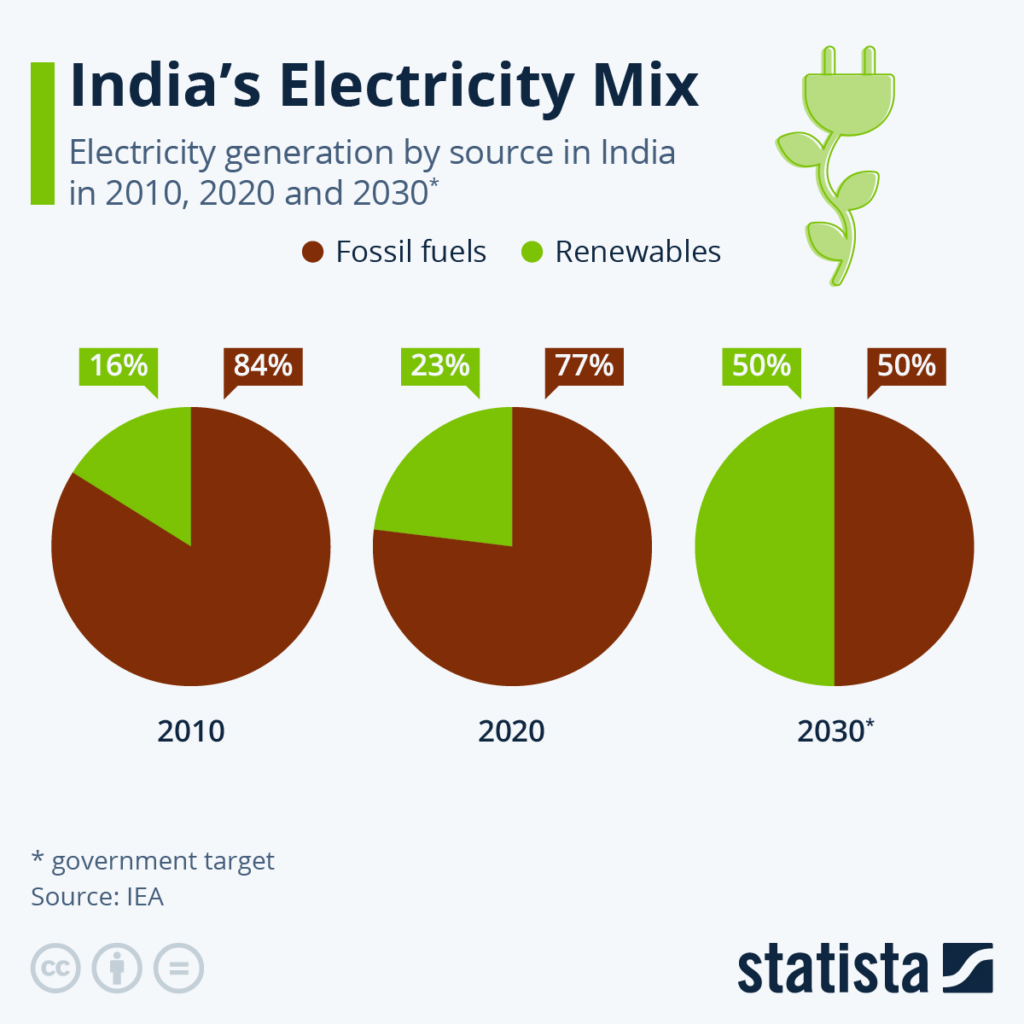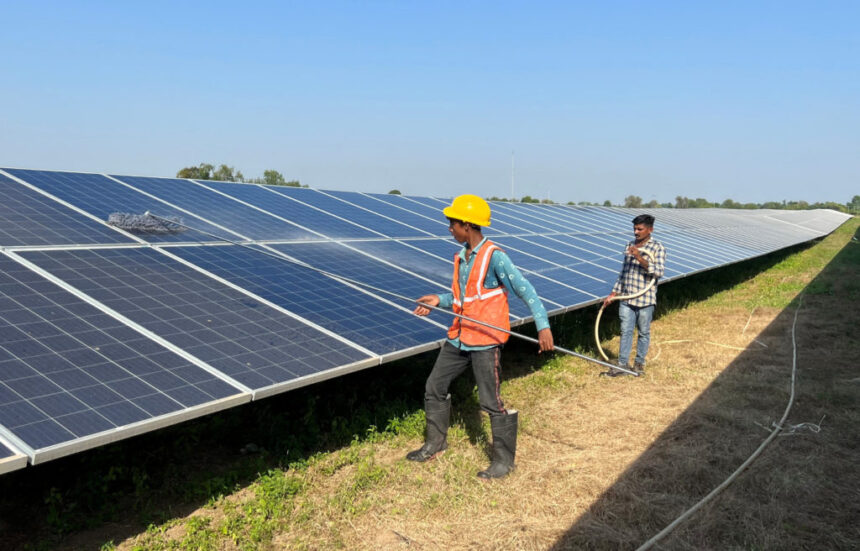Amid the vast salt deserts of western India, a transformation led by coal billionaire Gautam Adani is underway. The Adani Group, traditionally known for being India’s largest coal importer, is now venturing into clean energy, constructing the world’s largest renewable energy park. This $20 billion endeavor, sprawling over an area five times the size of Paris, is a bold statement in the transition towards renewable resources. It’s a crucial pivot, not just for Adani but for India’s energy landscape, aiming to power 16 million homes with clean electricity.

What’s Happening & Why This Matters
The Khavda Renewable Energy Park represents a significant shift for the Adani Group, marrying the contrasting worlds of coal mining and renewable energy. As executive director Sagar Adani puts it, the scale of this clean energy initiative is so vast that it’s becoming hard to grasp. Yet, the necessity is clear: with India’s energy demand set to explode, transitioning to renewable sources isn’t just an option; it’s a necessity for a sustainable future.
At a Glance
- Location: Gujarat, India, near one of the world’s most sensitive borders.
- Size: Over 200 square miles, making it the largest power plant globally by land area.
- Capacity: Enough clean electricity to power 16 million Indian homes, contributing significantly towards India’s ambitious climate goals.
- Investment: Approximately $20 billion, a testament to the Adani Group’s commitment to clean energy.
India’s Energy Dilemma
The Adani Group’s foray into renewable energy comes amid tumultuous times, with its stock values fluctuating following accusations of fraud by Hindenburg Research. Despite these challenges, the group remains undeterred, pledging $100 billion towards energy transition over the next decade, with the majority earmarked for clean energy projects.
India’s journey towards clean energy is laden with complexities. With a booming population and economic growth, the country’s energy needs are skyrocketing. While coal remains a staple in meeting current demands, the shift towards renewables is inevitable to mitigate climate change impacts. The Adani Group’s initiative underscores a critical balance between development and sustainability, showcasing a model for future energy projects worldwide.
TF Summary: What’s Next
The Khavda Renewable Energy Park is more than just a clean energy project; it’s a symbol of transformation and resilience. As the Adani Group navigates its path from coal to clean energy, it reflects a broader narrative of change within India and beyond. This endeavor not only addresses the immediate needs of India’s growing energy demand but also sets a precedent for integrating renewable sources on an unprecedented scale. The journey of the Adani Group from coal dominance to pioneering in clean energy is a compelling tale of adaptation and vision, signaling a hopeful direction for global energy paradigms.



